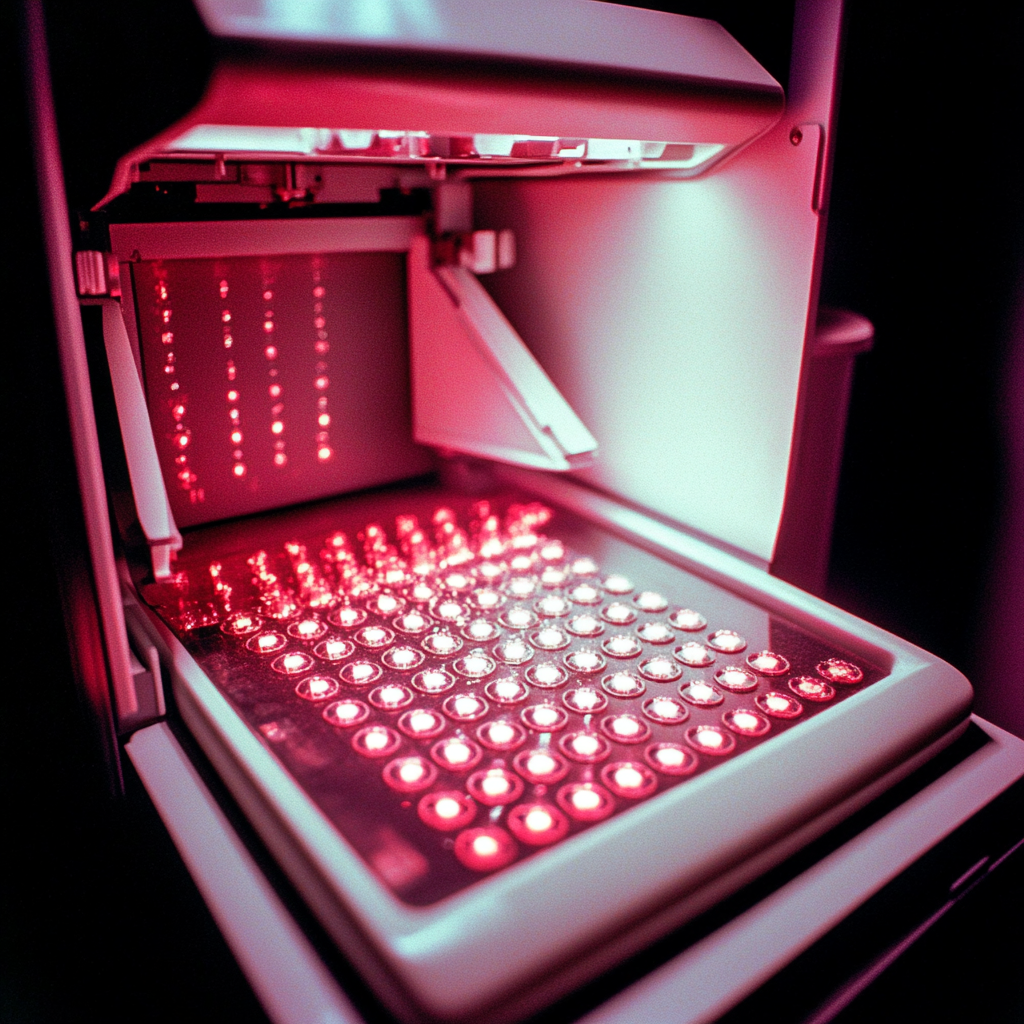Womens Health (Lond). 2025 Jan-Dec;21:17455057251338410. doi: 10.1177/17455057251338410. Epub 2025 Jul 1.
ABSTRACT
BACKGROUND: Overactive pelvic floor muscles (PFMs) are a source of pain in patients with vulvodynia. Peripheral sensitization may also lead to central sensitization (CS).
OBJECTIVES: This study aimed to validate the Vulva, Anus, Muscle, and Paraurethra (VAMP) protocol as a diagnostic tool for assessing PFM overactivity in vulvodynia in correlation with the Central Sensitization Inventory (CSI).
DESIGN: This research was the secondary outcome of an ongoing randomized clinical trial reported in accordance with the CONSORT guidelines. Inclusion criteria and research goals were established using the Population Intervention Comparison Outcome model for clinical questions.
METHODS: The VAMP protocol includes the examination of the vulva (V), anus (A) using a cotton swab test and pelvic muscle (M) and paraurethra (P) examinations during the internal exam with pain evaluation. VAMP was validated by comparison with a swab test and correlation with the CSI score.
RESULTS: Of the 152 premenopausal participants, 91.6% suffered from provoked/mixed vulvodynia versus 8.4% spontaneous, and 61.3% had localized versus 38.7% generalized subtypes. Mean VAMP scores were: V = 6.49; A = 0.2; M = 6.57; P = 3.63. The VAMP protocol showed a high degree of internal consistency and test-retest reliability for the V, M, P domains (Spearman’s correlation coefficient = 0.916-0.646; p < 0.05) and 98.7% of participants fulfilled the VAMP criteria (V, M, P score ⩾ 3) for PFM overactivity. The swab test was negative in 3.9%, a CSI score > 40 was found in 53.7% of participants with a significant correlation for M (Spearman’s correlation coefficient = 0.210; p < 0.05) and P (Spearman’s correlation coefficient = 0.209; p < 0.05) in VAMP.
CONCLUSIONS: The VAMP confirmed the presence of a painful vestibule, PFM, and paraurethra under pressure. The VAMP protocol was successfully cross-validated and effective in discriminating women with PFM overactivity, confirmed in almost all patients with vulvodynia. Half of the participants met the criteria for CS. The correlation between CSI and PFM pain on pressure suggests a central pain mechanism. The VAMP is a simple, rapid quantitative diagnostic tool.
REGISTRATION: ClinicalTrials.gov ID NCT05955313 Registered on June 6, 2023.
PMID:40590401 | DOI:10.1177/17455057251338410
